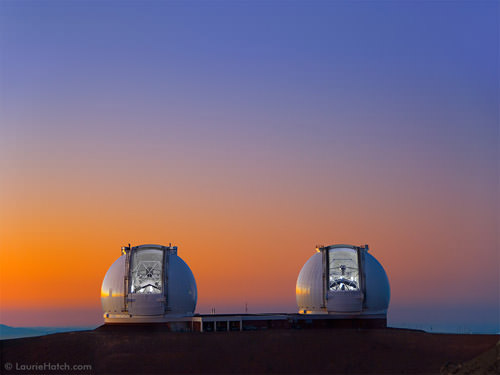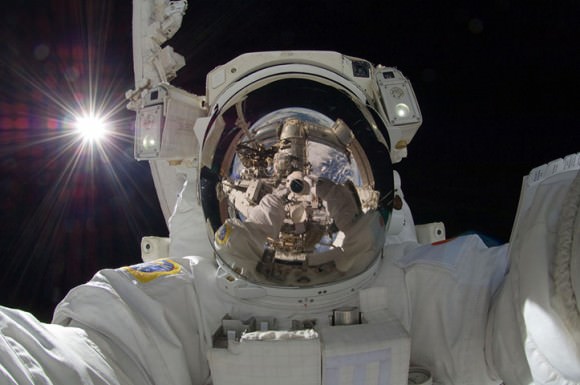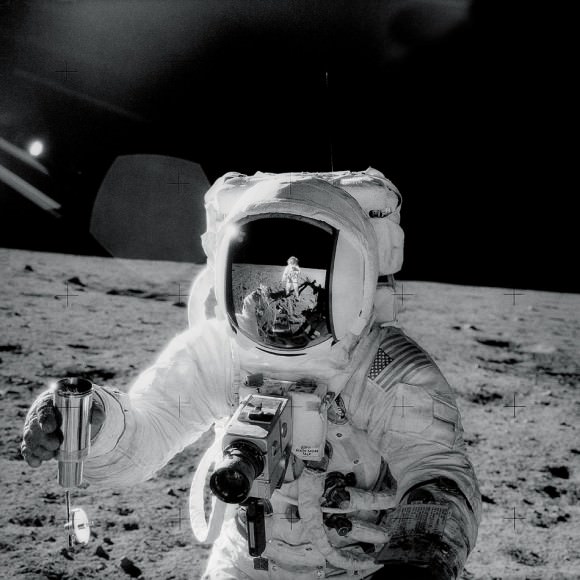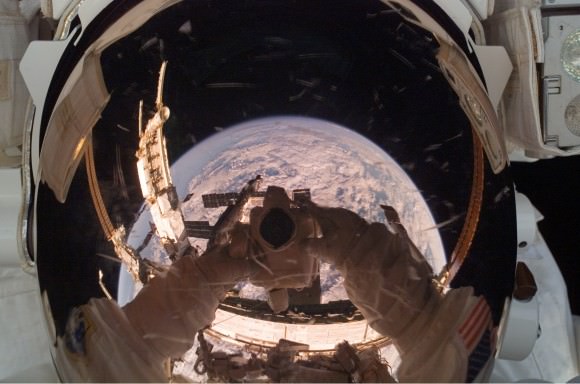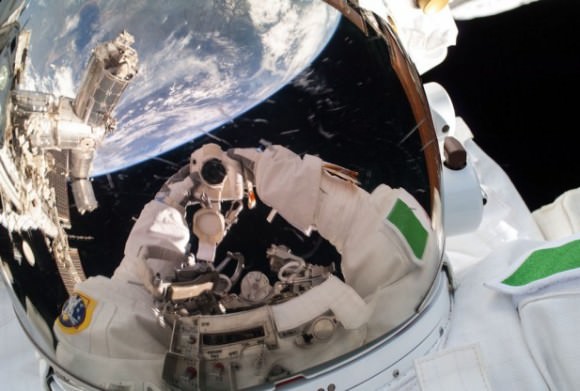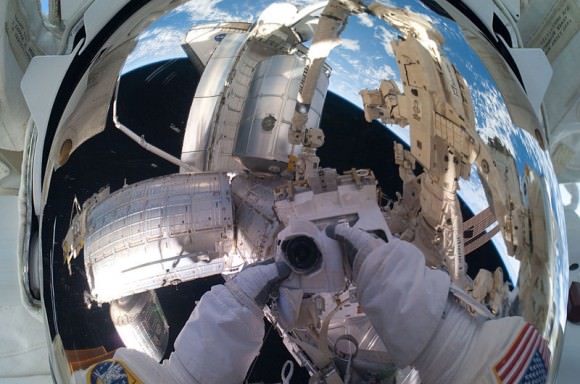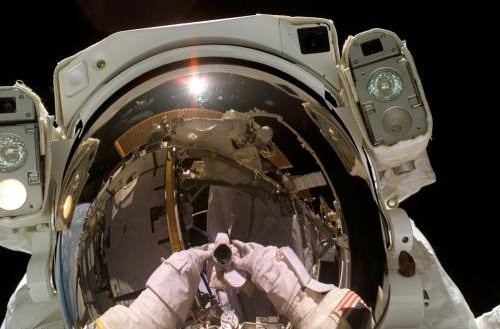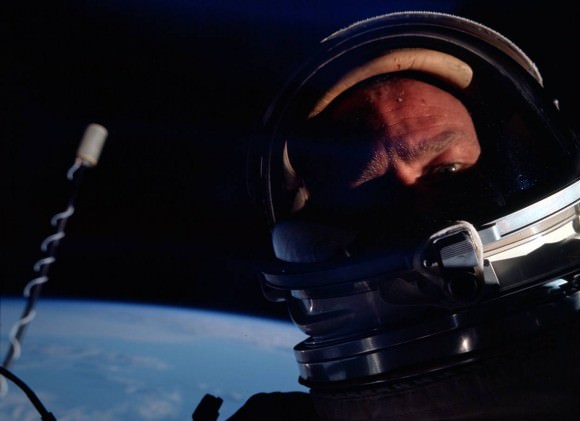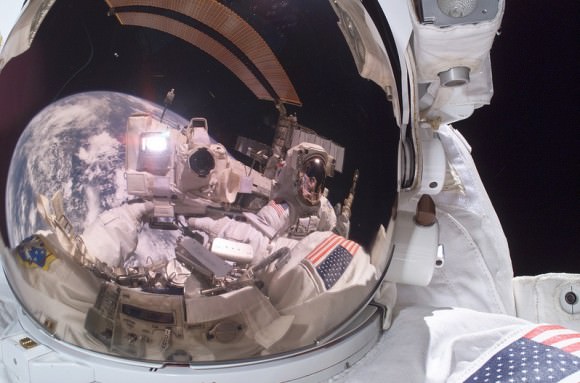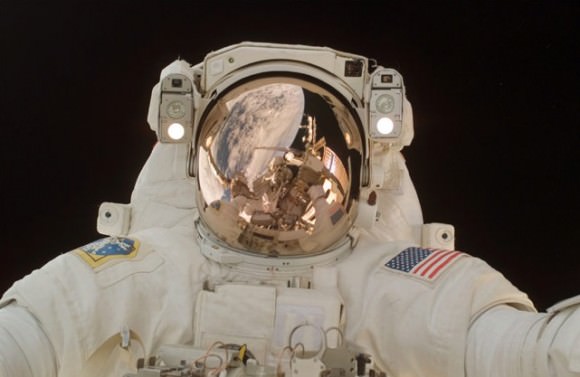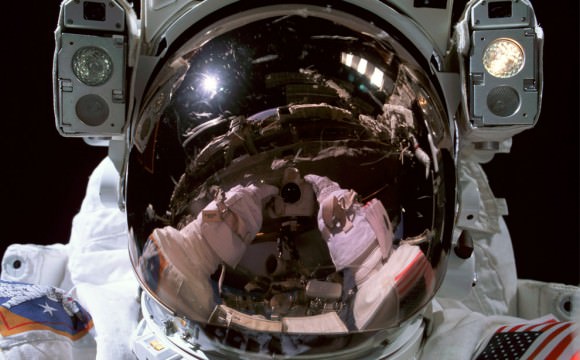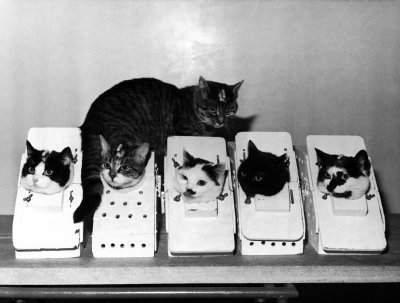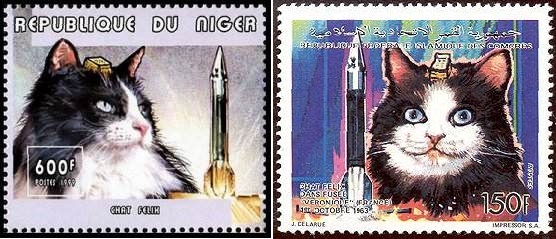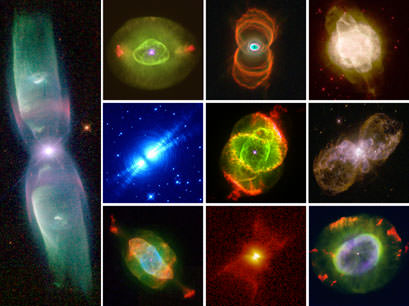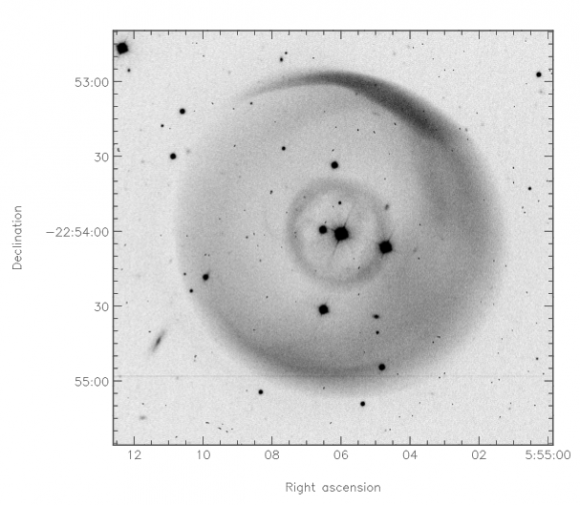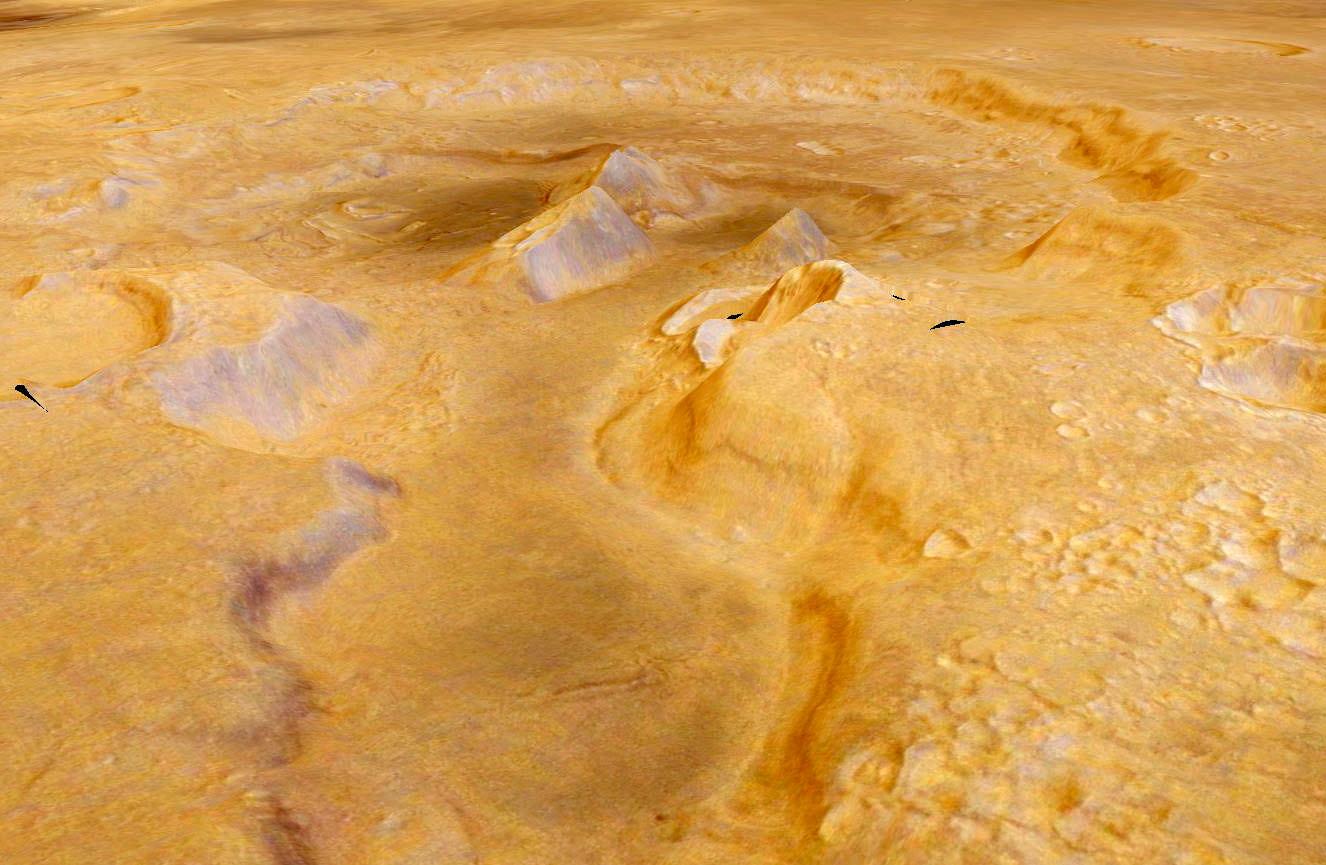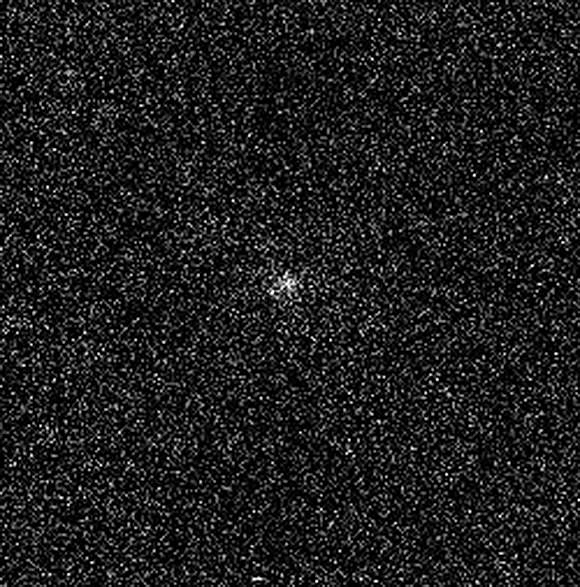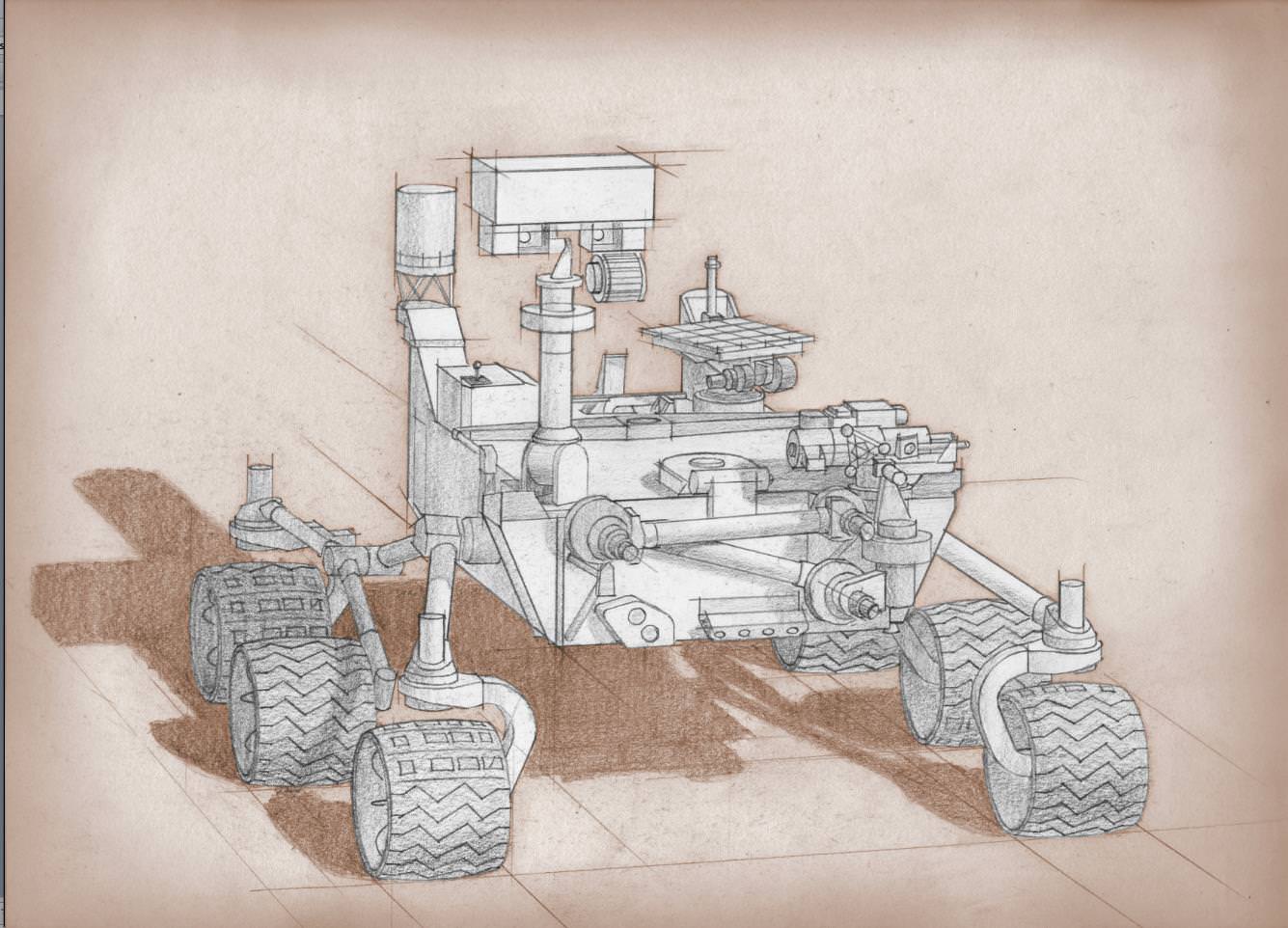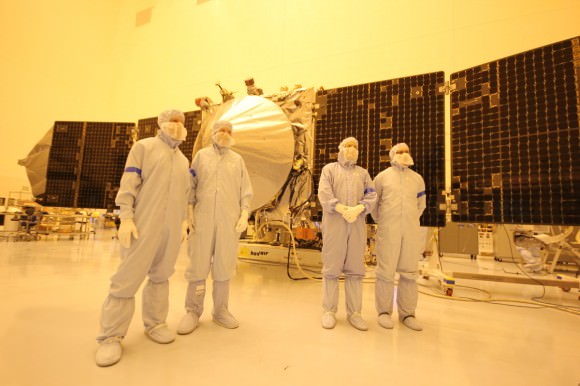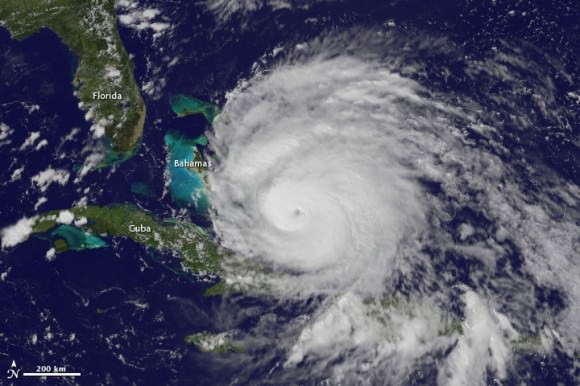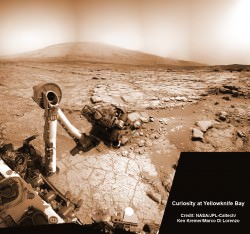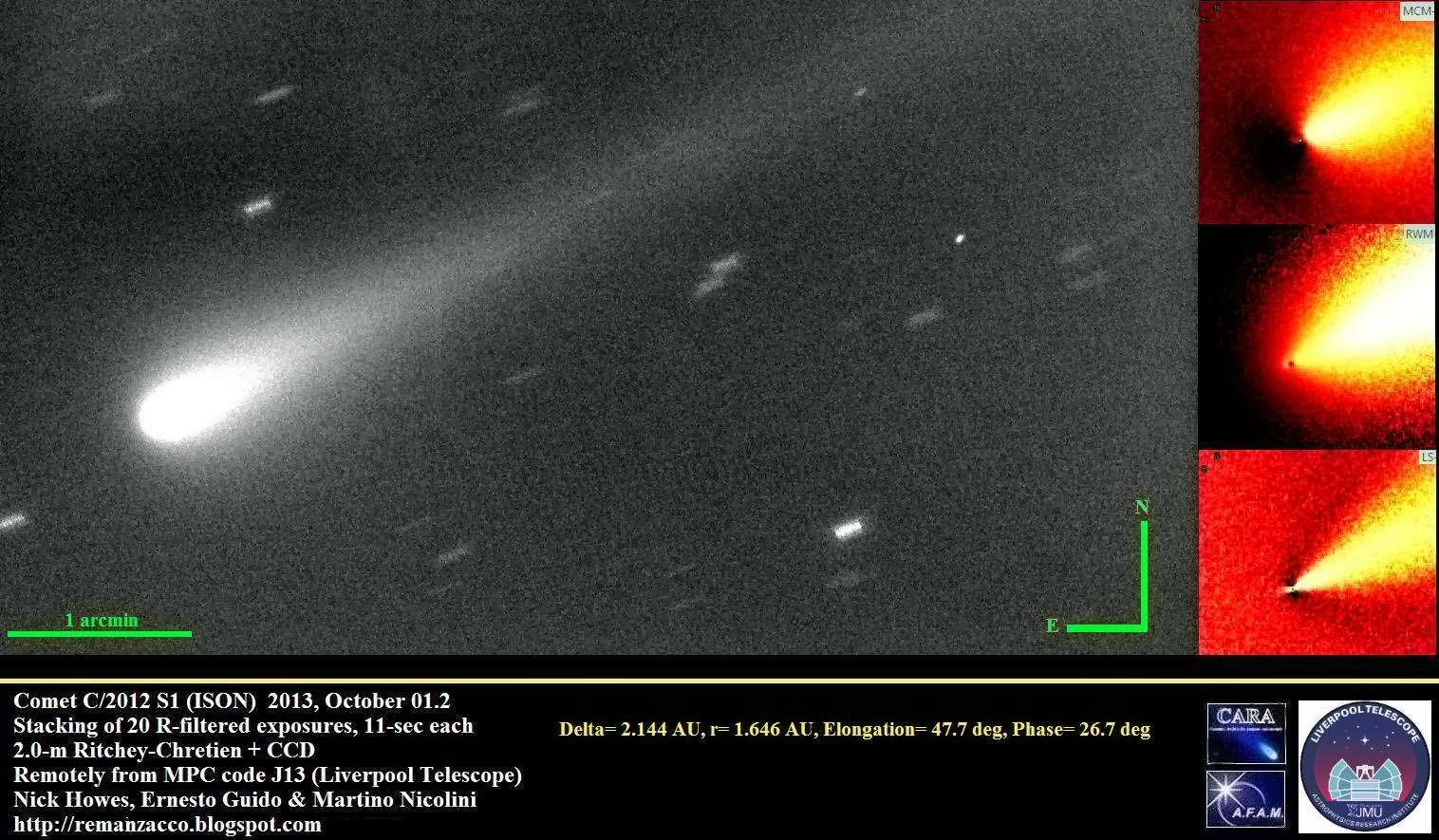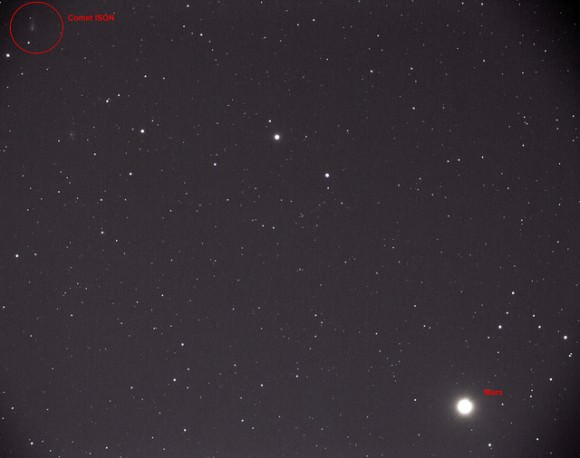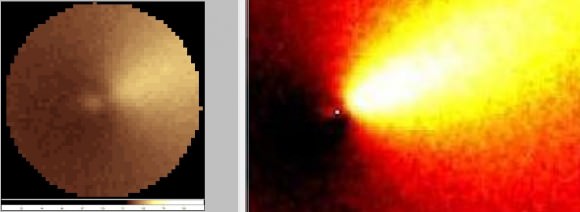Everyone knows that the Moon goes through phases, but let’s talk about why it does. It comes down to illumination, which in this case, all originates from our nearby star.
Our Moon orbits around our planet, and this Earth-Moon system orbits around the Sun.
Even though we only see light on part of the Moon, from the perspective of the Sun, half of it is always illuminated.
Stuck here on Earth, we see the Moon in various phases of illumination as it completes a 27.3 day orbit around the Earth.
As The Moon travels around us we see it pass through its phases. It goes from New Moon, to Full Moon and back to new Moon again.
Crescent Moons are when it’s less than half illuminated, and gibbous when it’s more than half.
“Waxing” means that the Moon becomes more illuminated night-by-night, and the term “waning” means that it’s getting less illuminated each night.
- New Moon – When the illuminated side of the Moon is away from the Earth. The Moon and the Sun are lined up on the same side of the Earth, so we can only see the shadowed side. This is also the time that you can experience solar eclipses, when the Moon passes directly in front of the Sun and casts a shadow onto the surface of the Earth. During a new moon, we can also see the reflected light from the Earth, since no sunlight is falling on the Moon – this is known as earthshine.
- Crescent – The crescent moon is the first sliver of the Moon that we can see. From the northern hemisphere, the crescent moon has the illuminated edge of the Moon on the right. This situation is reversed for the southern hemisphere.
- First Quarter – Although it’s called a quarter moon, we actually see this phase when the Moon is half illuminated. This means that the Sun and the Moon make a 90-degree angle compared to the Earth.
- Waxing Gibbous – This phase of the Moon occurs when the Moon is more illuminated that half, but it’s not yet a full Moon.
- Full Moon – This is the phase when the Moon is brightest in the sky. From our perspective here on Earth, the Moon is fully illuminated by the light of the Sun. This is also the time of the lunar month when you can see lunar eclipses – these occur when the Moon passes through the shadow of the Earth.
- Waning Gibbous – In this lunar phase, the Moon is less than fully illuminated, but more than half.
- Last Quarter – At this point of the lunar cycle, the Moon has reached half illumination. Now it’s the left-hand side of the Moon that’s illuminated, and the right-hand side in darkness (from a northern hemisphere perspective).
- Crescent – This is the final sliver of illuminated moon we can see before the Moon goes into darkness again.
If you ever get the chance to travel to the other hemisphere, you’ll immediately notice how unfamiliar the Moon behaves – it’s upside down.
If you live in the Northern Hemisphere, after a New Moon the crescent begins on the right-side. But if you’re in the Southern Hemisphere, it’s reversed, with the illumination starting on the left side.
Weird.
The alignment of the Sun, Earth and Moon can lead to some fantastic astronomical events.
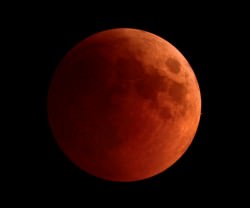
When the Moon is new, it can pass in between the Earth and the Sun, casting its shadow down on our planet. As you know, a solar eclipse.
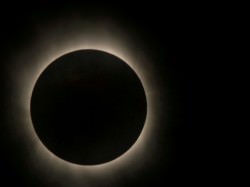
Most months, the Moon is either above or below the Sun in the sky, so they just don’t line up perfectly.
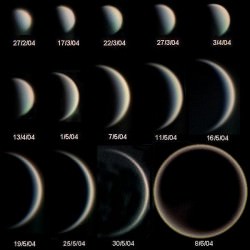
I hope this gives you a better understanding of why the Moon goes through its phases every month, and the interesting relationship between the Earth, the Sun, and the Moon.



